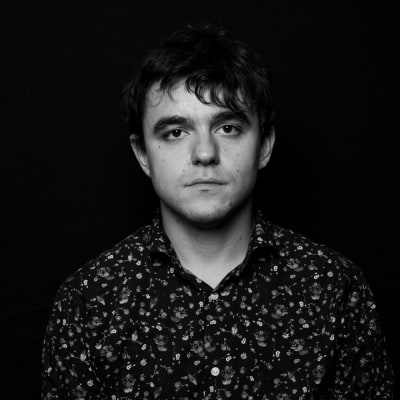Nobody knows how long the extreme mitigation strategies to stave off COVID-19 will be required.
But one thing is increasingly clear: Flattening the curve may lessen the severity of the epidemic, but it will also extend its duration.
Successful mitigation means that while fewer people will be ill at any given time, the country could have to spend more time overall under quarantine.
President Trump told Americans on Monday to prepare to stay home until July or August, while other estimates suggest June. China appears to have landed on the downward slope of the curve, and is taking careful steps towards reopening its society.
Reports of the strategy have filled the airwaves and dominated government press conferences, with National Institute of Infectious Disease Chief Dr. Tony Fauci repeating the phrase.
Why is that?
If the disease were allowed to spread throughout the population unblocked and unhindered by social distancing, it would peak relatively quickly. Look here:
"Flattening the curve": Why we need to cancel everything and stay home to help stop coronavirus https://t.co/lDdMbOZcVt pic.twitter.com/umAuqFIIxS
— CBS News (@CBSNews) March 15, 2020
The focus of the government’s health intervention is on having something like the purple curve, in which the disease spreads throughout the population, but at a lower rate.
The opposite – a situation where cases peak in a short time frame, unabated – would lead to a horrifying array of problems concentrated in the healthcare system.
“The purpose of flattening the curve is to reduce the amount of disease, and to reduce the amount of disease would have a smaller impact on our hospitals and healthcare systems,” Jeffrey Klausner, an adjunct professor of epidemiology at UCLA, told TPM.
When will infections peak in the United States. That’s still an unknown, but the NYT graphed it along a timeline to show the potential effect of successful U.S. mitigation strategies:
How long will this last? If we don’t flatten the curve, models show the peak coming in July. If we flatten the curve, the pandemic lasts into 2021, with far fewer deaths.
https://t.co/JC3wya7RZa— Nicotra Laboratory (@nicotralab) March 13, 2020
The U.S. health care system may have the capacity to meet the needs of the country’s citizens in normal times, but it lacks surge capacity – in the event of a mass illness like the coronavirus which, according to some estimates, has a hospitalization rate of 20 percent and requires multi-week stays, an unabated spread of the illness could quickly overwhelm and collapse the country’s healthcare system.
So, then, as social distancing flattens the curve of cases, the rate of new cases begins to decrease. Instead of a wave of new patients crashing on the country’s hospitals in the space of a week or two, rather, the cases would be more like a rising tide, spread out over many weeks or months.
That’s better from the perspective of health care providers, argued Gary Slutkin, a former WHO official tasked with reversing local AIDS epidemics.
“If you’re slowing it down, it gives the health sector more time, and less cases per day,” Slutkin said. “And that’s urgently important, because some people will die who otherwise wouldn’t because they wont have access to a ventilator, or there aren’t enough doctors or health care workers, or everyone is just scrambling too much.”
But therein lies the core paradox of a successful policy of flattening the curve: in reducing the speed of the coronavirus’s spread, it may end up prolonging the amount of time that the U.S. population spends living under measures designed to slow the spread.
To rephrase that: if the policy succeeds, the same number of people will likely get sick, just over a longer period of time.
This will help the hospitals cope, no doubt. Fewer patients will be competing over the same limited number of ventilators, and hospitals will stay less crowded.
But it’s a real, paradoxical side effect of success in fighting the epidemic. That slowing the disease’s spread means prolonging the time we all have to spend living with it.
That also means that interventions like social distancing need to occur as soon as possible to have the desired effect.
“Ordinarily in epidemics, you need to get as early as you can into the curve,” Slutkin said. “The earlier you can crack it, you can break the chain, the less likely you are to have a continued chain.”
Slutkin added social distancing may also reduce the overall number of people infected, but that localities will need to act slowly and judiciously in determining when to begin the return to normal life.
“We’re months away from that,” he said. “When we know that the local health departments can deal with the level that it’s dropped to, that’s when, and they’ll have to prove that they’re up to it.”










